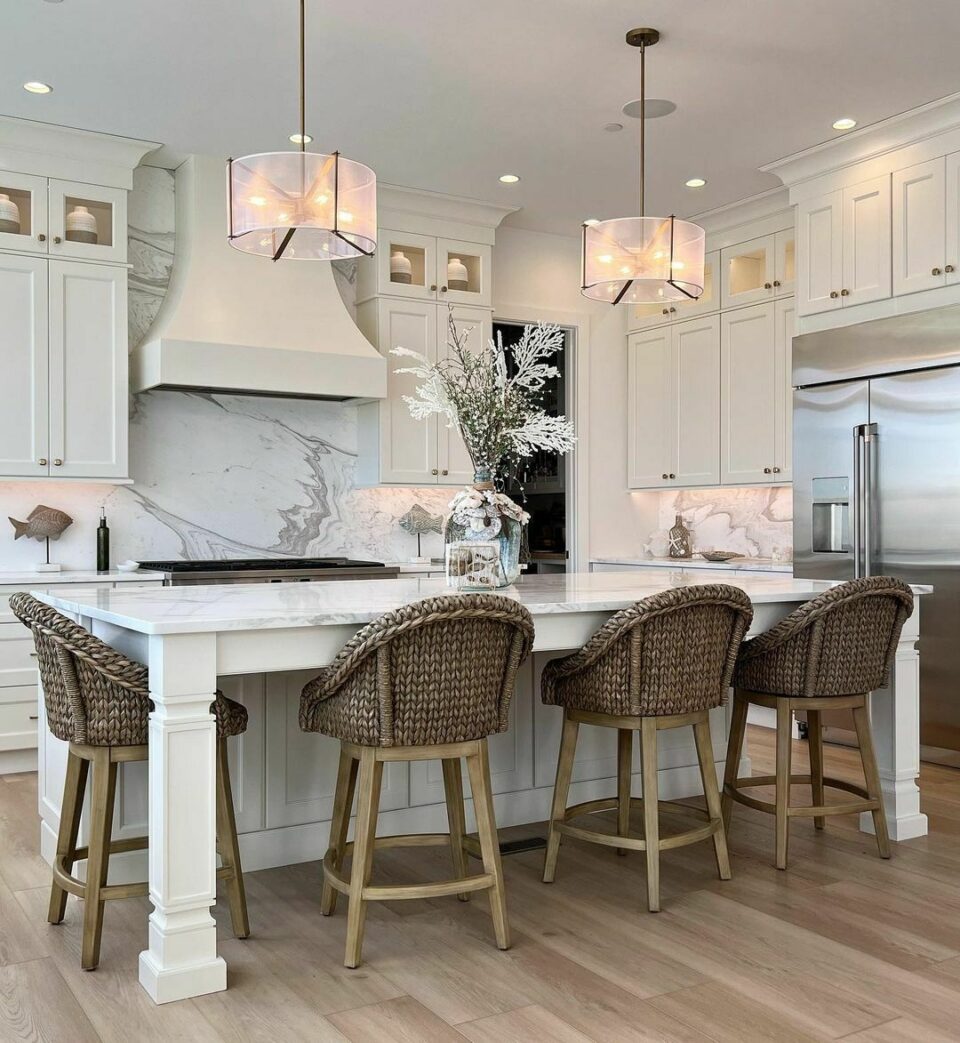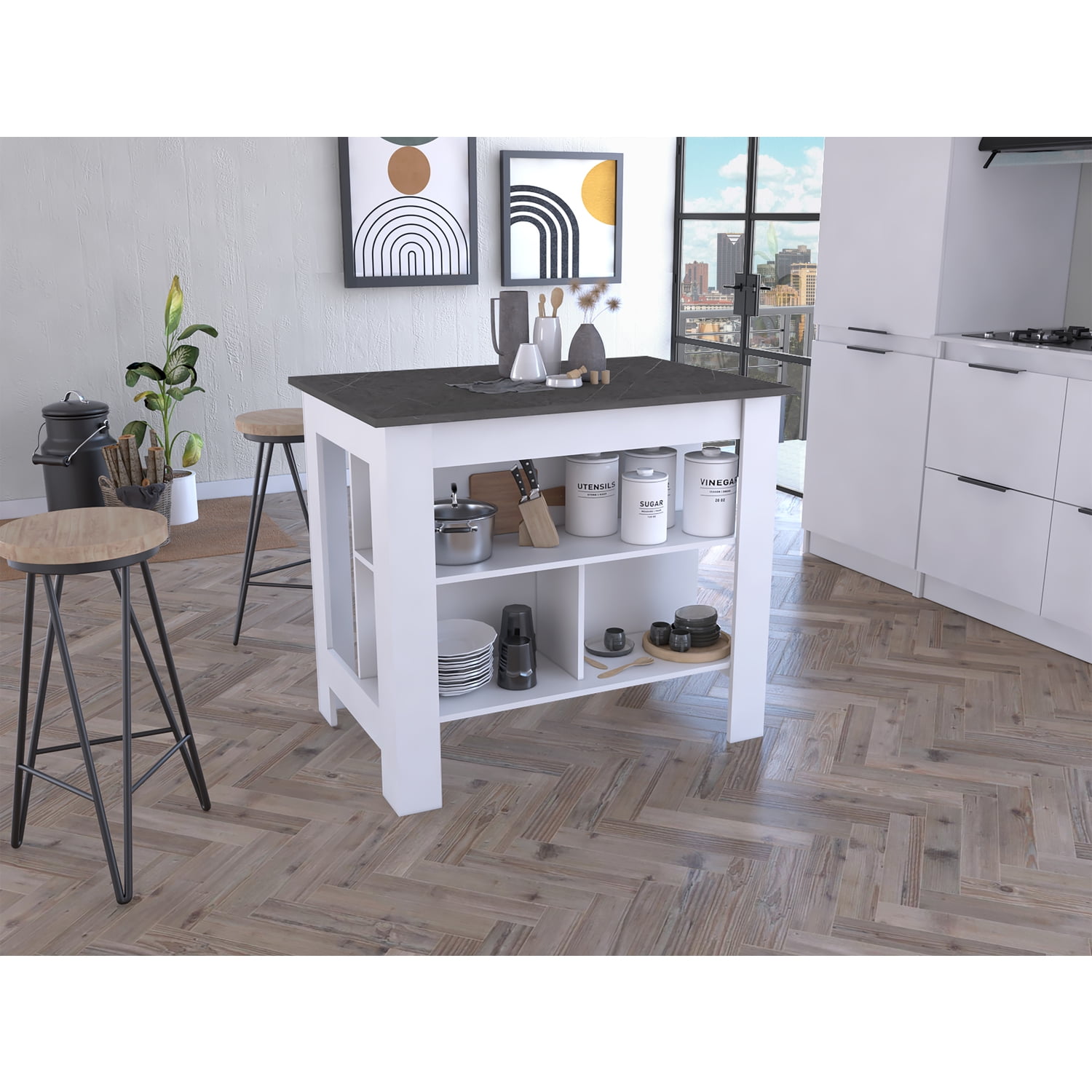Trick Considerations for Locating the Finest Legs For Kitchen Island for Your Style
When selecting the optimal legs for your kitchen area island, numerous key considerations come into play that can considerably affect both performance and appearances. The selection of design, product, and elevation must align with your overall cooking area layout to make certain an unified appearance.
Determine Your Style Preference
When choosing the perfect legs for your kitchen island,Determining your design preference is essential. The legs of your kitchen island not just serve a practical purpose yet also contribute dramatically to the general aesthetic of the space. Therefore, recognizing your design style-- be it modern, rustic, typical, or commercial-- is vital.
For a contemporary cooking area, consider smooth, minimalistic legs that enhance clean lines and open areas. Traditional kitchen areas usually favor turned or elaborate legs, which can include a touch of style and sophistication.
Additionally, take into consideration the height and percentage of the legs in connection to the island's surface. Eventually, your style choice will certainly influence not just the choice of legs yet also the total harmony of your cooking area's design.
Pick the Right Material
Picking the right product for your kitchen island legs is essential in guaranteeing both durability and visual allure. Different products offer unique benefits, and the choice commonly reflects your style choices and functional requirements.
Timber is a preferred choice, supplying heat and flexibility. It can be discolored or repainted to match your kitchen design, making it versatile to numerous styles, from rustic to contemporary. Nevertheless, timber might call for regular maintenance to protect its look and honesty.

If you look for an unique touch, think about acrylic or glass products. They can create an illusion of area and agility in your kitchen, making them an exceptional selection for smaller areas - Legs For Kitchen Island. These options may need cautious handling and upkeep to stay clear of scratches.
Ultimately, the material you select must straighten with your kitchen's overall design, guaranteeing that the legs serve both attractive and useful purposes.
Consider Height and Proportions
When developing a kitchen area island, height and proportions play an essential role in ensuring functionality and convenience,. The basic elevation for a kitchen island generally ranges from 36 to 42 inches, aligning with standard counter heights or bar elevations, respectively. This dimension is vital for balancing with bordering feceses and kitchen counters, allowing simplicity of use throughout dish preparation and social communications.
Additionally, the island's percentages must match the total kitchen area format. Consider the proportion between the island's width and size, ensuring it supplies ample surface area without crowding the cooking area.
Moreover, the height of the legs or base can affect the visual appeal and capability. Taller legs might lend a much more modern-day, airy feel, while much shorter ones can stimulate a traditional, grounded look. Inevitably, carefully thinking about elevation and percentages will result in a kitchen area island that is both aesthetically enticing and functionally efficient, boosting the total layout of the space.
Assess Stability and Toughness
A cooking area island's my company legs must not only complement its height and proportions but likewise supply appropriate security and longevity to sustain day-to-day tasks. The legs are important to the overall functionality of the island, as they bear the weight of the countertop and any additional loads, such as appliances or cooking jobs.
When analyzing security, it is critical to take into consideration the leg layout and product. Strong metal or solid wood legs usually supply remarkable stamina compared to lighter products like engineered wood or plastic. In addition, a broader base can improve stability, lowering the danger of wobbling or tipping during use.
Longevity is just as essential; the legs should stand up to deterioration from everyday usage. Think about coatings that secure against scrapes, dents, and dampness, especially in a cooking area atmosphere. Assess the top quality of construction, such as joints and attachments, which can substantially influence the legs' long-term efficiency.
Ultimately, buying well-crafted legs that focus on security and sturdiness will certainly ensure your cooking area island remains a trusted work area for several years to come, enhancing your culinary experiences while keeping visual appeal.
Consider Upkeep and Treatment
Upkeep and care are vital factors to consider for making certain the longevity and performance of kitchen area island legs. When choosing legs, it is necessary to evaluate the materials utilized, as different options need varying levels of upkeep. For circumstances, wood legs might need routine refinishing or securing to avoid dampness damages and scrapes, while steel legs might require routine polishing to maintain their shine and prevent rust.
Moreover, the finish used to the legs can affect maintenance requirements. A high-gloss covering may be easier to tidy however might show scratches and fingerprints more conveniently than a matte surface. It is a good idea to choose products Get More Info and coatings that match your lifestyle; as an example, if you often host celebrations, select resilient materials that can stand up to deterioration.
Additionally, take into consideration the cleansing process entailed in preserving these legs. Smooth surface areas commonly require marginal effort, while detailed styles might accumulate dust and gunk, requiring even more labor-intensive cleansing methods. Legs For Kitchen Island. Eventually, factoring in the upkeep and care needed for your picked kitchen island legs will certainly not only improve their visual allure however additionally ensure their useful integrity with time
Conclusion
Finally, selecting the ideal legs for a kitchen island requires mindful consideration of different variables, including layout style, product choice, maintenance, height, and stability. Each element plays a critical role in making sure that the legs not just boost the visual appeal of the kitchen area however additionally give the necessary support and toughness for day-to-day straight from the source usage. A well-informed decision will ultimately contribute to a practical and aesthetically pleasing kitchen area atmosphere.
The legs of your cooking area island not just offer a useful objective yet additionally add dramatically to the total visual of the room.Upkeep and treatment are important factors to consider for making certain the long life and efficiency of kitchen area island legs. Wooden legs may require periodic refinishing or sealing to protect against dampness damages and scratches, while metal legs may need routine brightening to keep their sparkle and protect against corrosion.
Inevitably, factoring in the maintenance and treatment needed for your chosen kitchen area island legs will certainly not only enhance their visual charm however also guarantee their useful stability over time.
